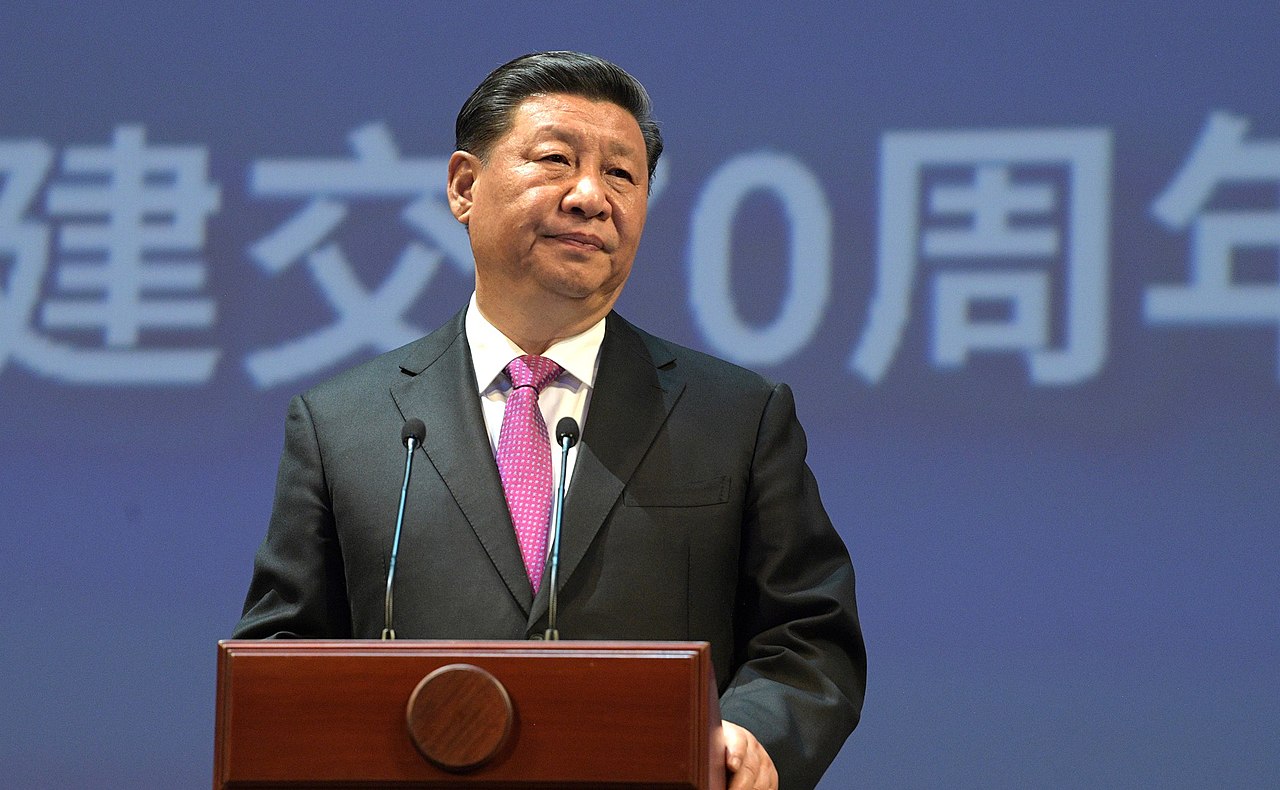Is China’s Silk Road Falling Apart? Report Ft

The Belt and Road Initiative, the great Chinese infrastructure project, is exploding due to the many debt cancellations. The Financial Times article
China has significantly expanded bailout loans as its Belt and Road Initiative explodes after a string of debt cancellations, scandalous projects and corruption allegations, reports the Financial Times .
A study released on Tuesday shows that China provided $104 billion in bailout loans to developing countries between 2019 and the end of 2021. The figure for these years is nearly equal to the country's bailout loans in the two previous decades.
The study by researchers from AidData, the World Bank, Harvard Kennedy School and the Kiel Institute for World Economy is the first known attempt to track the total of Chinese bailout loans on a global basis.
CHINA AND THE RESCUE OPERATIONS
Between 2000 and the end of 2021, China undertook 128 bailout operations in 22 debtor countries totaling $240 billion.
China's emergence as an influential "lender of last resort" poses critical challenges to Western-led institutions, such as the IMF, which have sought to safeguard global financial stability since the end of World War II.
“The global financial architecture is becoming less coherent, less institutionalized and less transparent,” said Brad Parks, executive director of AidData at the College of William and Mary in the United States. "Beijing has created a new global system for cross-border bailout loans, but it has done so in an opaque and uncoordinated way."
DEVELOPING COUNTRIES CAN'T PAY DEBTS
The rise in global interest rates and the sharp appreciation of the dollar have raised concerns about the ability of developing countries to repay their creditors. Several sovereign countries have found themselves in difficulty and the lack of coordination between creditors has been blamed for prolonging some crises.
Last week, Sri Lankan President Ranil Wickremesinghe called on China and other creditors to quickly reach a compromise on debt restructuring after the IMF approved a $3 billion four-year loan program for his country.
China has refused to participate in multilateral debt resolution programs, despite being a member of the IMF. Ghana, Pakistan and other distressed debtors who owe large sums to China are closely watching Sri Lanka's example.
"China's strictly bilateral approach has made it more difficult to coordinate the activities of all major emergency lenders," Parks said.
Many of the 22 countries to which China has granted bailout loans – including Argentina, Belarus, Ecuador, Egypt, Laos, Mongolia, Pakistan, Suriname, Sri Lanka, Turkey, Ukraine and Venezuela – are also beneficiaries of IMF support.
DIFFERENCES OF APPROACH BETWEEN CHINA AND IMF
However, there are major differences between IMF programs and Chinese bailouts. One is that Chinese money is not cheap. “A typical IMF bailout loan carries an interest rate of 2 percent,” the study reads. “The average interest rate tied to a Chinese bailout loan is 5%.”
Beijing also does not offer bailouts to all ailing Belt and Road borrowers. Large beneficiaries of Belt and Road financing, which pose a significant fiscal risk to Chinese banks, are more likely to receive emergency aid.
“Beijing is trying to bail out its banks. That's why it got into the risky business of international bailout loans,” said Carmen Reinhart, a professor at the Harvard Kennedy School and former chief economist of the World Bank Group.
China makes loans in two forms. The first is a "swap line" which provides for the disbursement of yuan by the People's Bank of China, the central bank, in exchange for the national currency. In this way, approximately 170 billion dollars were disbursed. The second is direct balance of payments support, with $70 billion pledged, mostly from Chinese state-owned banks.
THE DEFICIENCIES OF THE BELT AND ROAD INITIATIVE
The Belt and Road Initiative is the largest transnational infrastructure program ever in the world. The American Enterprise Institute, a Washington-based think tank, estimated the value of Chinese-led infrastructure projects and other transactions classified as "Belt and Road" between 2013 and the end of 2021 at $838 billion.
The bailout bonanza reveals shortcomings in the design of a scheme described by Chinese leader Xi Jinping as "the project of the century". According to Christoph Trebesch of the Kiel Institute, one of the problems is that Chinese lenders "have entered many countries which have turned out to have particularly serious problems".
According to the study, other shortcomings stem from the scarcity of feasibility studies and a general lack of transparency.
Several projects have become an example of how not to take a development loan. An infamous $1 billion "road to nowhere" in Montenegro remains unfinished and dogged by allegations of corruption, construction delays and environmental problems.
White elephants such as Hambantota port and Sri Lanka's Lotus Tower are seen as symptoms of the country's debt crisis, while more than 7,000 cracks have been found in an Ecuadorian dam built by Chinese contractors near an active volcano.
(Excerpt from the press release of eprcommunication)
This is a machine translation from Italian language of a post published on Start Magazine at the URL https://www.startmag.it/mondo/cina-crisi-belt-and-road-initative/ on Sat, 08 Apr 2023 05:21:37 +0000.
